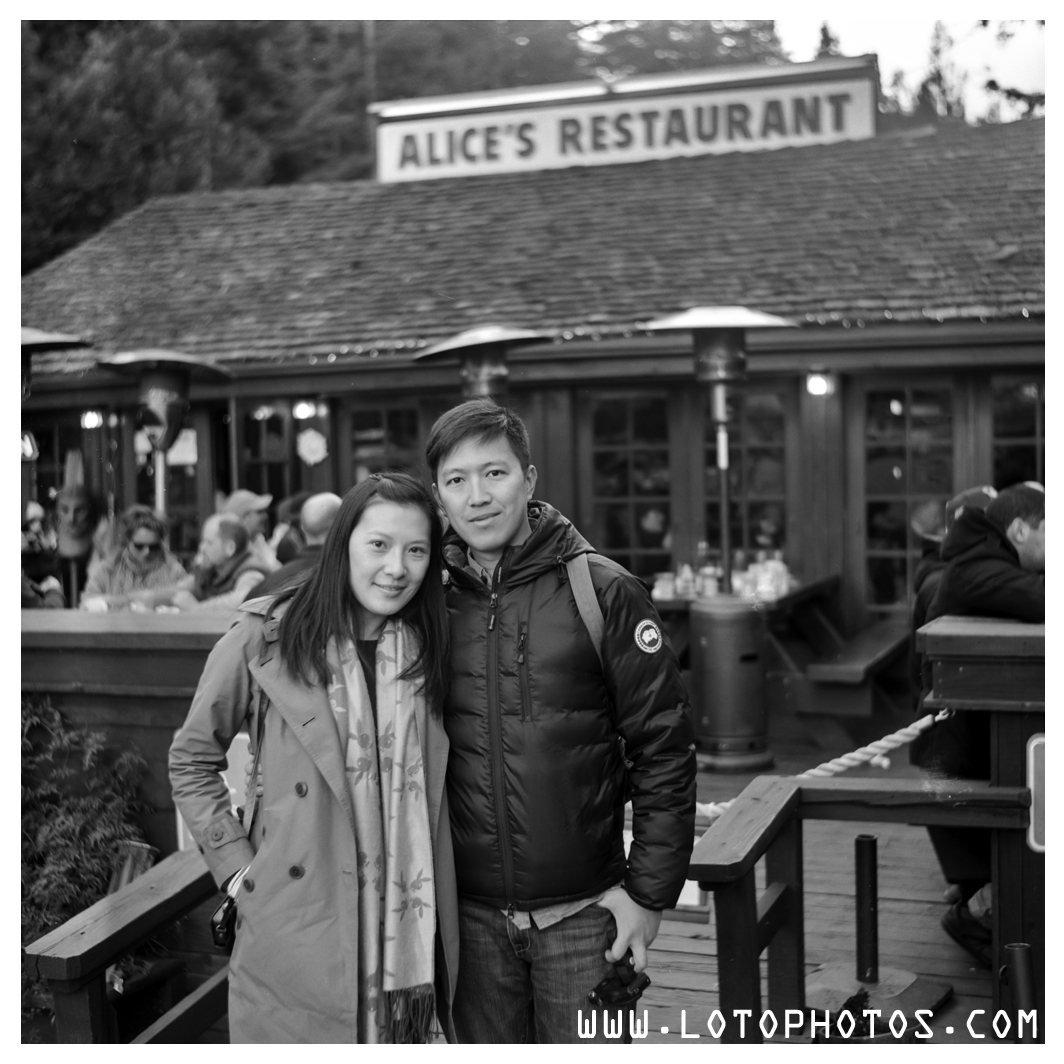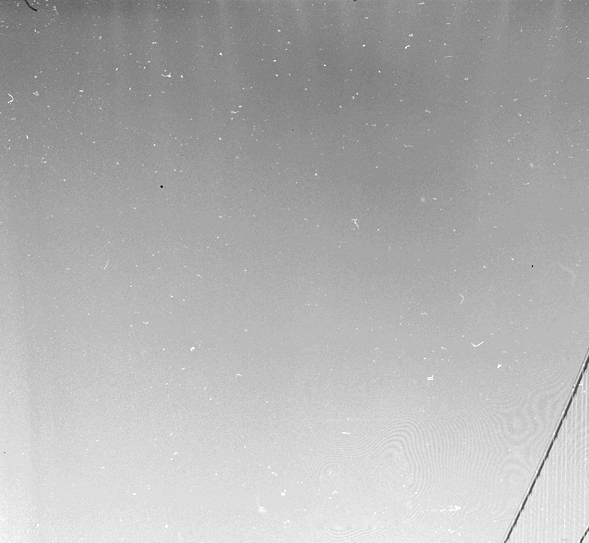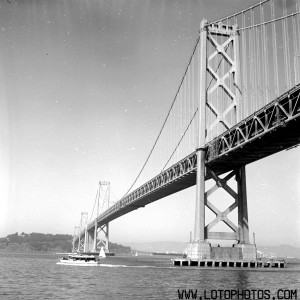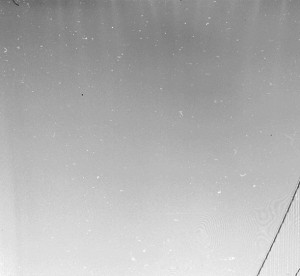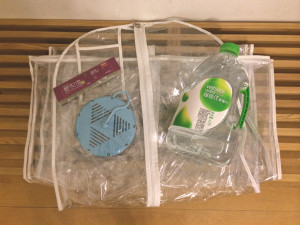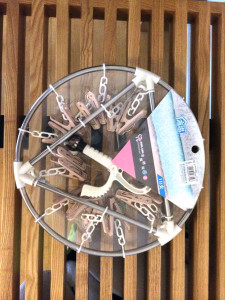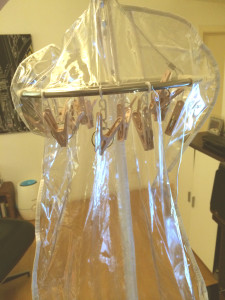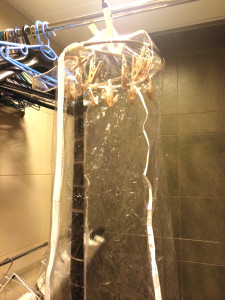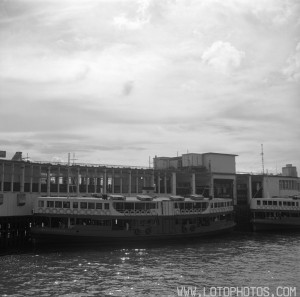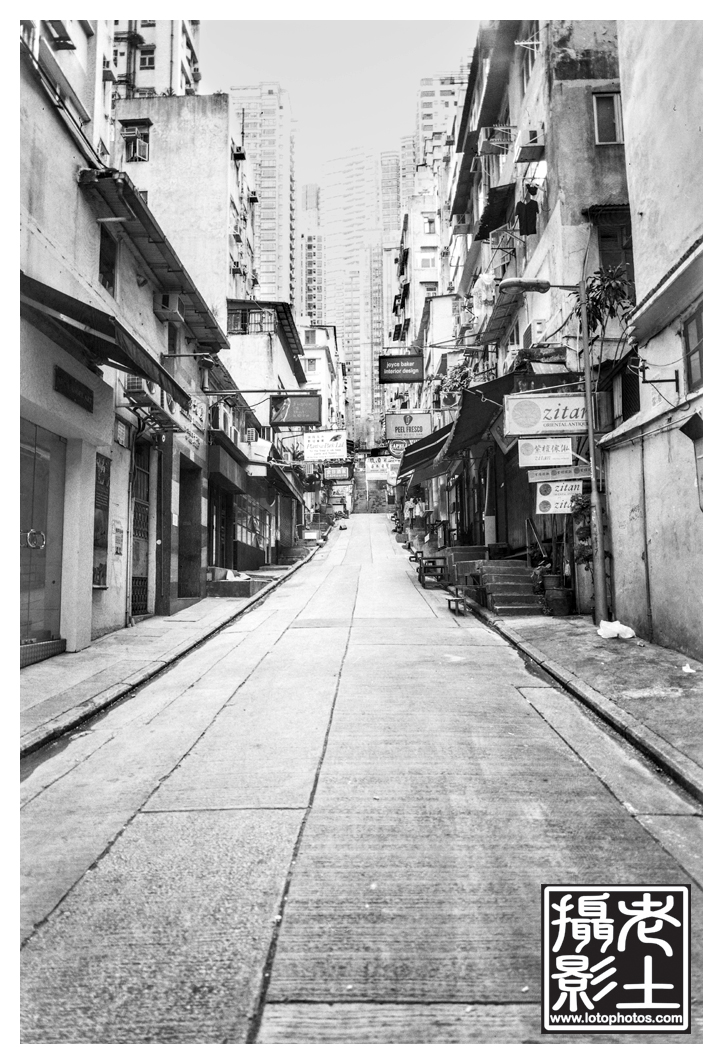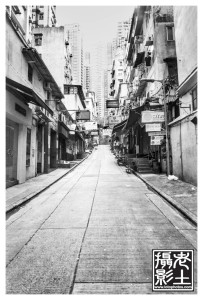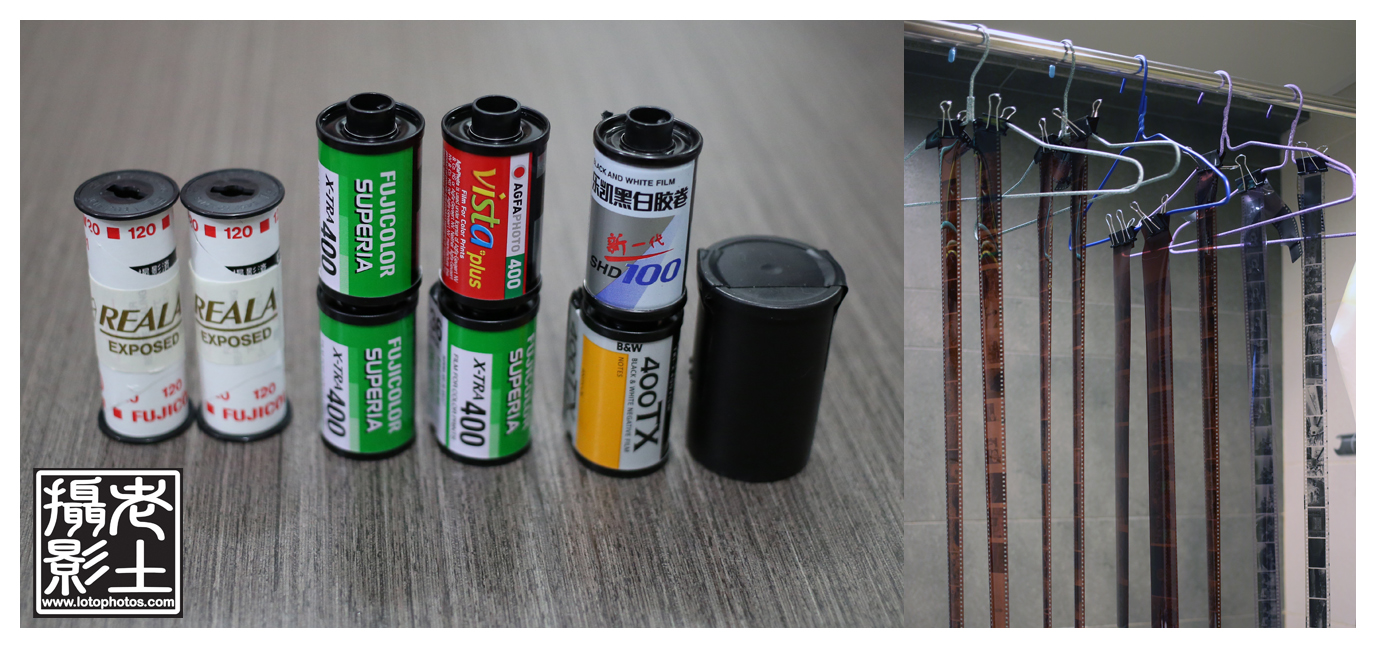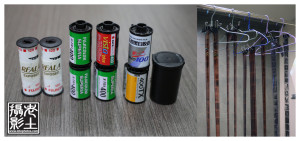Hardly shot anything in the past six months, I finally got my dark room setup last week. Rolls of 120s and tens of 8×10 sheets were waiting to be developed in the past nine months. Honestly I don’t even remember what I took in the medium format rolls. I mixed some d76 last weekend, got the development tanks, measurement cups all cleaned up. Timer, thermometer all in place. Dry hanging rack and enclosure all in tact. After studying past notes on development, in the past weekend, I finally developed my first roll of film in nine months.
Opening the jobo tank, I see images, images that I didn’t recognize and had no recollection. I didn’t think too much of it and let it hang dry. I scanned some of the photos today and saw this photo.
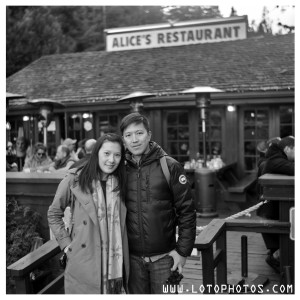
I looked at this and I was like wow. The Zeiss Ikonta is one of those under-rated cameras. It folds nicely, has a Zeiss Tessar at f2.8. The rangerfinder is also easy to use and you can focus really quickly. Looking at this photo, instantly, I wanted to go out and shoot more. Jaded from all the moving and change in the past year, I guess this was a catalyst for me to get back into what I love doing.

